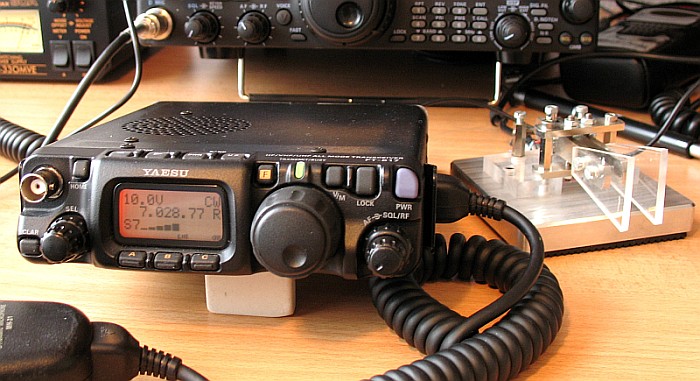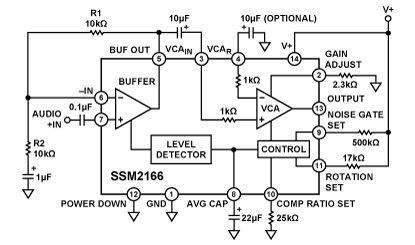Under construction.. further information will be added...tnx for understanding!
This page is about sharing my experience in relation with QRP equipment and QRP operations.
"Yaesu FT-817ND is a cool little toy";... You can read
such statements in many QRP related pages. And I have to admit that it is fully
true.
If we have to make an inventory of the existing features and performances
available within 1 Kg package, I don't know if we can find too many others rigs
having such features/size (high) ratio. There are available rigs having a bit
higher dynamic range, or higher power, etc. But they don't have available all bands
(HF+VHF+UHF) and all modes within such size and weight. And, I would say, the same price.
Overall, it is not a perfect transceiver, but it is a good trade-off between what you get and what you pay.
You have to keep in mind all the time that FT-817 is a QRP transceiver. Which means that you should not afford to use low efficiency
antennas.
When you are operating QRP, your "enemy" is not the low power; it is the loss of power, produced by the usage of short antennas (comparable with the operating wavelength).

I was interested to measure the weight of FT-817 and its related components. Using an electronic scale, I got the following:
- the transceiver (itself), without battery pack: 926 grams;
- the battery pack: 205 grams;
- two rubbered antennas (as provided by Yaesu): 65 grams;
- the hand microphone: 170 grams;
- the DC cable + ferrite bed: 53 grams.
so, a total weight of around 1420 grams.
Audio speech compressor for FT817ND with
SSM2216
During QRP SSB operating, the the speech processing is an almost essential feature to get through QRM and to increase the efficiency of transmitter PA.
SSM2216 is an IC containing a microphone amplifier with variable compression and noise gating. This is the block diagram:

.... other info will follow...